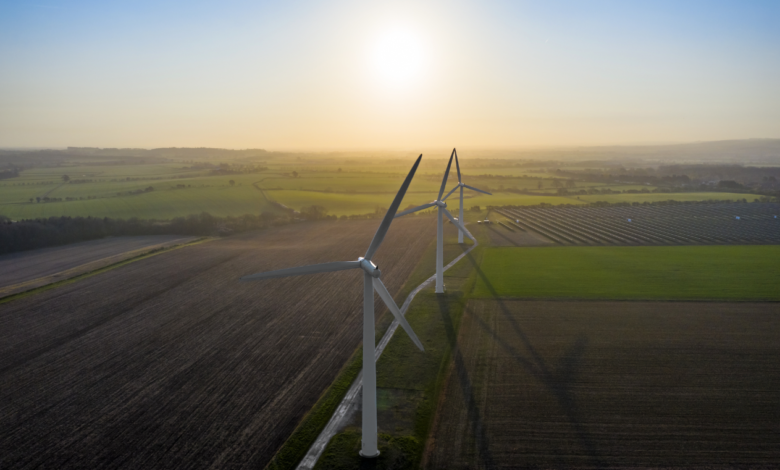Renewable electricity in Europe has cut fossil fuels by 22%

Germany and Spain drive the growth of renewable electricity in Europe
In the last 4 years, the growth of renewable electricity in Europe has cut by 22% the generation from fossil fuels. Without the boom of wind and photovoltaics, fossils would have dropped by just 1.9% (21 TWh). The EU electricity sector has undergone a “huge transformation” thanks to the Green Deal, putting the blockade on the way to becoming a “global leader”. Less than a week before the 2024 European elections, the think tank Ember sums up the impact of the energy policies of the Commission led by Ursula von der Leyen.
Renewable electricity in Europe, 4 years of unprecedented growth
The new installed capacity of wind and photovoltaic, from 2019 to today, has grown by 188 GW, a substantial +65%. Energy from the wind increased by almost a third (31%), adding 52 GW for a total of 219 GW at the end of 2023. Photovoltaics has grown at a different pace: +113%, more than doubling the installed capacity from 120 to 257 GW. “This is equivalent to installing more than 230,000 solar panels every day during these four years,” Ember points out in a report released on June 3. As a result, electricity generation from renewable sources increased by 46% (+226 TWh), bringing the share of wind and solar from 17 to 27% of the European electricity mix.
Although the growth curve of wind is slower than that of photovoltaics, in these 4 years the turbines have achieved an important result: the energy from the wind has become the second largest source of electricity in the EU, bypassing the gas in 2023. Last year it generated 470 TWh, practically equal to the electricity demand of a country like France. Fossil gas stopped at 449 TWh.
Fossil numbers in the EU electric mix
Numbers, those of renewable electricity in Europe, which have helped bring down both coal and gas rapidly. Overall, the generation from fossil fuels fell by 22%, or -247 TWh. Coal saw a temporary recovery in 2021, thanks to the post-Covid rebound and the attendant crisis in energy prices, but closes the 4 years with -25%, equal to -115 TWh. The gas trajectory, however, has always been pointed down and closed in 2023 at the lowest levels since 2015, 21% less than in 2019 (equal to 120 TWh less). Fossil generation fell to less than 1/3 of the EU electricity mix (32.5%). It was at 39% in 2019.





